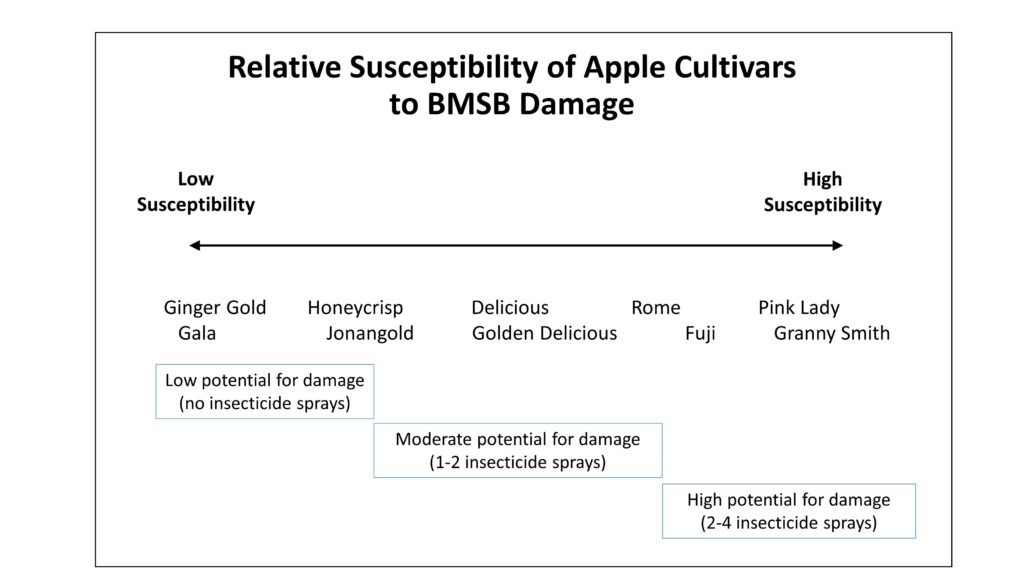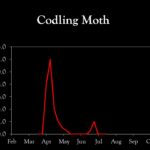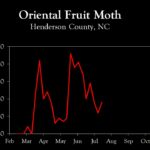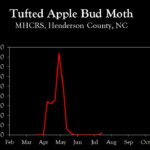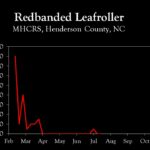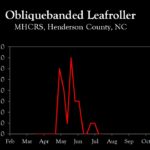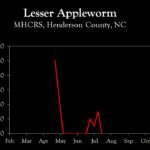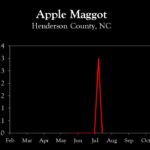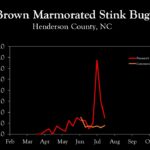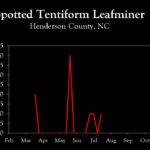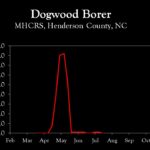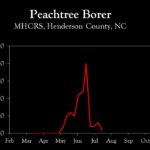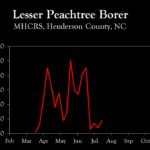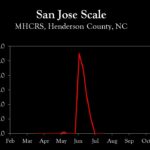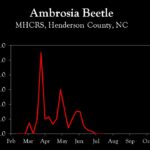WNC Orchard Insect Pest Populations – August 9, 2022
go.ncsu.edu/readext?879188
en Español / em Português
El inglés es el idioma de control de esta página. En la medida en que haya algún conflicto entre la traducción al inglés y la traducción, el inglés prevalece.
Al hacer clic en el enlace de traducción se activa un servicio de traducción gratuito para convertir la página al español. Al igual que con cualquier traducción por Internet, la conversión no es sensible al contexto y puede que no traduzca el texto en su significado original. NC State Extension no garantiza la exactitud del texto traducido. Por favor, tenga en cuenta que algunas aplicaciones y/o servicios pueden no funcionar como se espera cuando se traducen.
Português
Inglês é o idioma de controle desta página. Na medida que haja algum conflito entre o texto original em Inglês e a tradução, o Inglês prevalece.
Ao clicar no link de tradução, um serviço gratuito de tradução será ativado para converter a página para o Português. Como em qualquer tradução pela internet, a conversão não é sensivel ao contexto e pode não ocorrer a tradução para o significado orginal. O serviço de Extensão da Carolina do Norte (NC State Extension) não garante a exatidão do texto traduzido. Por favor, observe que algumas funções ou serviços podem não funcionar como esperado após a tradução.
English
English is the controlling language of this page. To the extent there is any conflict between the English text and the translation, English controls.
Clicking on the translation link activates a free translation service to convert the page to Spanish. As with any Internet translation, the conversion is not context-sensitive and may not translate the text to its original meaning. NC State Extension does not guarantee the accuracy of the translated text. Please note that some applications and/or services may not function as expected when translated.
Collapse ▲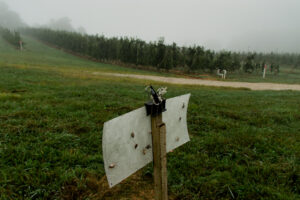 In the vast majority of orchards, the major insect pests of potential threat for the remainder of the season are brown marmorated stink bug and apple maggot. Apple maggot fly captures remain low at our monitoring sites, but abundance and timing of emergence can vary among locations. Emergence of first generation BMSB adults is about 25 to 30% complete in Henderson and Wilkes Counties, respectively, while in lower-elevation orchards such as Cleveland County, it is about 70% complete (see model prediction below).
In the vast majority of orchards, the major insect pests of potential threat for the remainder of the season are brown marmorated stink bug and apple maggot. Apple maggot fly captures remain low at our monitoring sites, but abundance and timing of emergence can vary among locations. Emergence of first generation BMSB adults is about 25 to 30% complete in Henderson and Wilkes Counties, respectively, while in lower-elevation orchards such as Cleveland County, it is about 70% complete (see model prediction below). 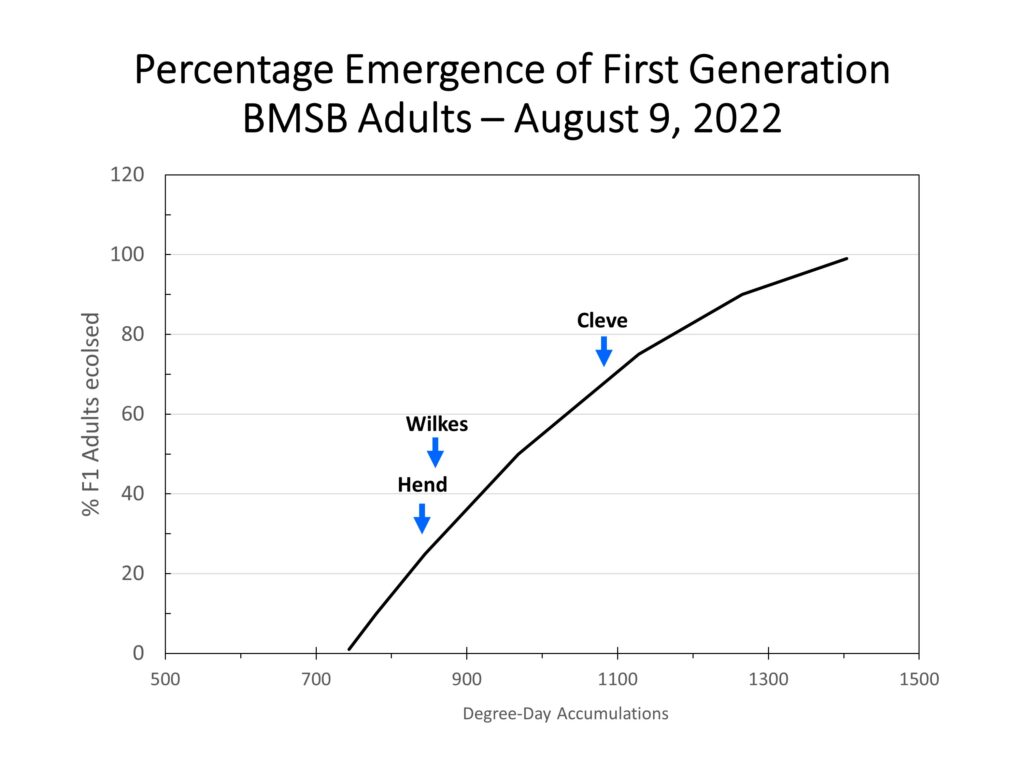
In higher elevations such as Henderson and Wilkes Counties, now is good timing for an insecticide application in orchards with a history of BMSB damage, especially those cultivars with a moderate to high susceptibility (see below). Shown below is a table of relative susceptibility of various apple cultivars to BMSB damage, and the number of insecticide applications typically made to these cultivars. With the exception of Granny Smith apples, which are highly susceptible to damage, insecticides applied at 2-wk intervals up to about 14 days before harvest has worked well. Intervals may need to be shortened to 7 days on Granny Smith when BMSB populations are high.
Learn more about southeastern apple insect pests at the Apple Insect Management page.
2022 Average Weekly Trap Captures
| HENDERSON COUNTY | |||
| Insects per trap | |||
| Jul 25 | Aug 1 | Aug 8 | |
| Codling moth | 0.0 | 0.0 | 0.0 |
| Oriental fruit moth | 9.0 | 6.0 | 9.0 |
| Tufted apple bud moth | 0.0 | 0.0 | 1.0 |
| Redbanded leafroller | 1.0 | 0.0 | 0.0 |
| Obliquebanded leafroller | 1.0 | 0.0 | 0.0 |
| Lesser appleworm | 1.0 | 0.0 | 0.0 |
| Apple maggot (abandoned and research orchards) | 0.0 | 0.3 | 0.0 |
| Brown marmorated stink bug (commercial) | 1.5 | 1.2 | 1.6 |
| Brown marmorated stink bug (unsprayed) | 13.5 | 6.0 | 3.0 |
| Spotted tentiform leafminer | 0.0 | 0.0 | 1.0 |
| Dogwood borer | 1.0 | 1.0 | 0.0 |
| Peachtree borer | 2.0 | 3.0 | 1.0 |
| Lesser peachtree borer | 7.0 | 4.0 | 9.0 |
| San Jose scale | 0.0 | 0.0 | 0.0 |
| Ambrosia beetle (all species) | 0.0 | 0.0 | 0.0 |
*Note that these averages illustrate only the timing of insect emergence and fluctuations in populations, and are not representative of population levels in any given orchard. The only way to have an accurate assessment of an individual orchard’s populations is to set up traps in that orchard.
2022 Accumulated Degree Days
| HENDERSON COUNTY | ||||
| Jul 25 | Aug 1 | Aug 8 | ||
| Codling moth (Biofix: April 22) | 1821 | 2020 | 2193 | |
| Oriental fruit moth (Biofix: April 12) | 2371 | 2598 | 2806 | |
| Tufted apple bud moth (Biofix: April 27) | 2173 | 2400 | 2608 | |



